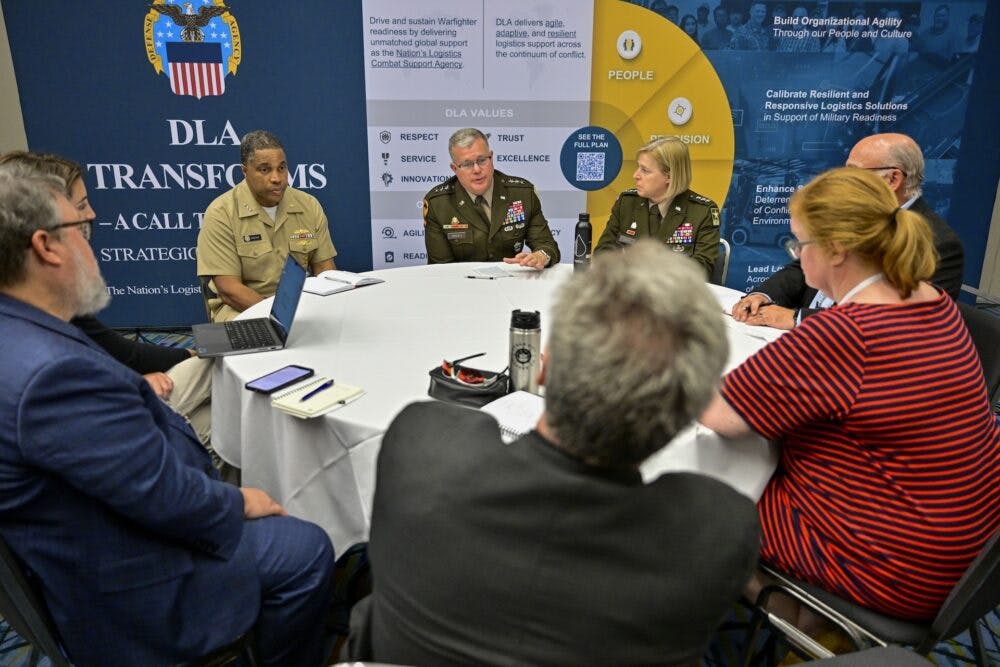Unlocking Census Data to Impact the Public Good
Census leaders tout open data innovation and cross-sector collaboration through a focus on the user experience.

The Census Bureau is honing in on data usability to unlock more benefits for how the public uses the data it collects through its decennial surveys, Census Bureau officials highlighted last week during its Open Innovation Summit last week. Officials say this focus on the user experience will ultimately help solve critical problems in public service.
“What we really need to do is to pay closer attention to how people are using the data,” said Census Deputy Director and COO Ron Jarmin during the event. “And also closer attention to how people might use the data in ways that they aren’t new [and] that may be very beneficial for helping solve problems going forward.”
In between its decennial counts, the bureau constantly collects and analyzes data about things like economic indicators and population demographics from a variety of sources. Agency leaders touted the mission delivery and innovation that can come from Census data.
“The Census Bureau is not a policy institute. We don’t do policy. We do statistical data,” Census Director Robert Santos said during the event. “The beauty of it is recreating the opportunity to bring folks together so that they can be empowered to use the data for the benefit of society.”
Leaders highlighted The Opportunity Project (TOP), a Census program that connects federal agencies, community organizations, and local and tribal governments over technology issues and challenges. During sprints over the past year, participants in the program created dozens of products, including those led by the Consumer Financial Protection Bureau, U.S. Economic Development Administration and the Department of Commerce.
Some of the new TOP investments for initiatives and tools using Census data for tribal communities, for example, include a Native Community Development Financial Institutions (CDFIs) resource map and partnerships with Native CDFIs like Oweesta, Indigenous Impact Co. and Four Bands Community Fund.
“What all these projects have in common is that the Opportunity Project gets us to focus on the end user, the folks that actually will benefit from the tools that are developed and thinking and the insights that are developed,” Santos said.
Census leaders see these initiatives as having profound impacts toward the public good.
“I like to think about it more as leveraging this enormous power of data and technology and bringing it together,” Santos said. “U.S. society is adapting to an increasingly diverse and wonderfully beautifully diverse nation that we have here.”
This is a carousel with manually rotating slides. Use Next and Previous buttons to navigate or jump to a slide with the slide dots
-

DOD Can No Longer Assume Superiority in Digital Warfare, Officials Warn
The DOD must make concerted efforts to address cyber vulnerabilities to maintain the tactical edge, military leaders said at HammerCon 2025.
4m read -

DHA CDAO Spearheads Master Data Catalog to Boost Transparency
Jesus Caban plans to boost DHA's data maturity through a new master data catalog, governance frameworks and inventory of tech tools.
5m read -

IRS Makes Direct File Code Public as Lawmakers Debate Program’s Fate
The agency sees the Direct File source code as beneficial to government digital services despite what happens with it in proposed budgets.
5m read -

A Look at Federal Zero Trust Transformation
Recent developments from CISA and DOD show how government is advancing zero trust quickly.
20m read -

New Army Acquisition Plan Cites Autonomy, Predictive Analytics
Officials outline how the Army Transformation Initiative signals a broader shift toward efficiency with tech and acquisition reform.
4m read -

DOE National Labs Launch New AI Tools for Operational Efficiency
The Energy Department's National Laboratories are using AI to increase operational efficiency and drive research efforts forward.
3m read -

Human-AI Collaboration is Key to Secure Government Systems
Former CIA security chief emphasizes training and international standards for effective AI implementation.
23m watch -

Air Force, Coast Guard Talk Data Security Efforts for AI Development
The services' AI initiatives include efforts like creating clean training data, countering data poisoning and bridging siloed teams.
4m read -

Powering Defense with Transparent AI
AI and data innovation are transforming the Defense Department’s operations through cutting-edge initiatives.
20m read -

How Integrated Analytics Can Break Federal Data Silos
The Coleridge Initiative is leading the charge to modernize government data management, breaking down bureaucratic barriers by providing secure data access, advanced analytics and cross-agency collaboration tools.
11m watch -

Federal AI Infrastructure Requires a Smarter Foundation
Federal AI depends on a smarter infrastructure, from managing environmental impacts to improving data quality and workforce readiness.
4m read -

GSA Positions Itself as a Federal AI 'Enabler,' CAIO Says
CAIO Zach Whitman says the agency is focusing on "grounded practicality" in AI adoption throughout government.
5m read
















